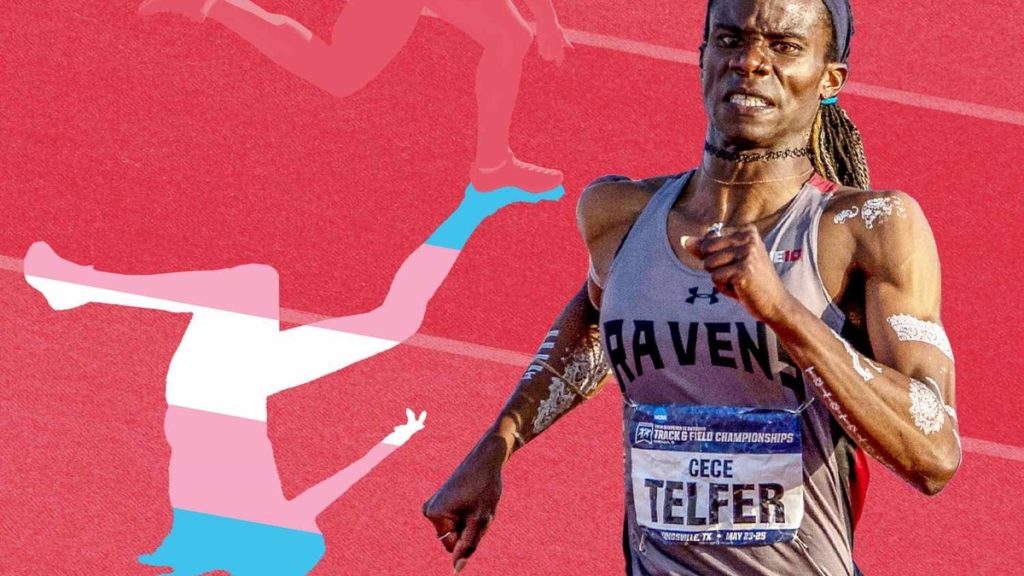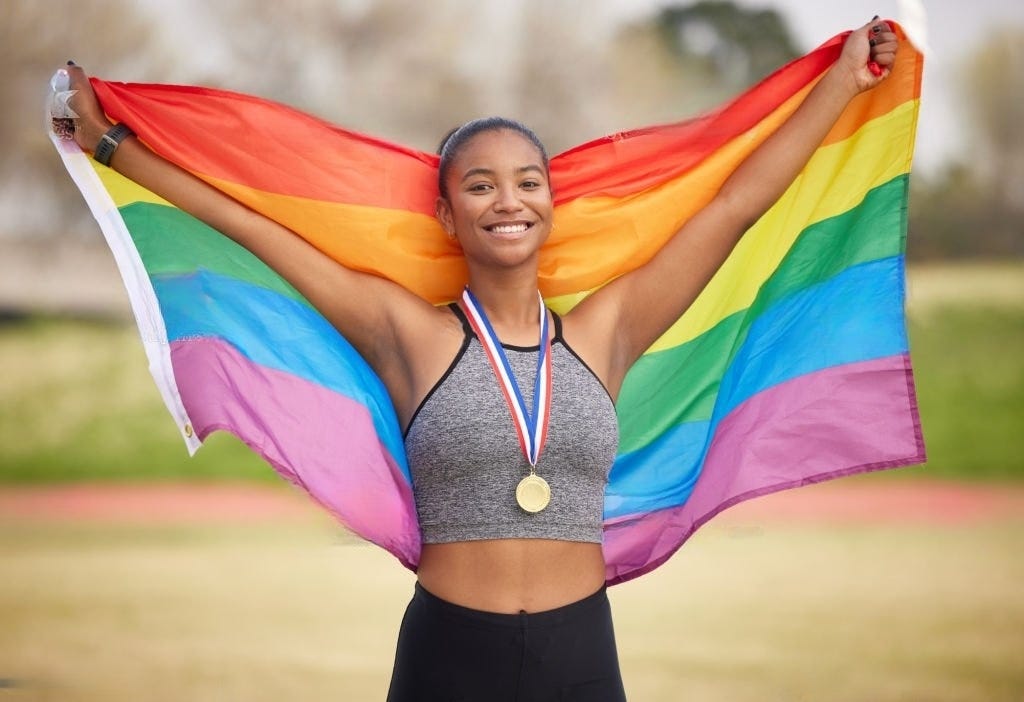The topic concerning transgender athletes has taken the modern world by storm in recent years. The intersection of human rights and sports has raised an awareness of gender identity and inclusivity. From high school teams to competitive sports leagues, the controversy over transgender athletes participating according to their real gender identity remains significant.
History and Respect for Trans Athletes’ Rights
This journey started long ago when transgender women braved the odds to compete as female athletes in the face of transphobia and discrimination. Since those early days, the presence of transgender athletes: Challenging Norms and Redefining Inclusivity has seen an overwhelming increase in the number of trans athletes openly competing.
In the United States, one early advocate for transgender athletes was Renée Richards. Even though she encountered significant resistance, Richards made her mark in competitive sports. Using her lawsuit against the United States Tennis Association in 1977, she paved the way for future trans athletes to compete fairly and openly.
Non-Binary Athletes: Pioneering Gender Diversity in Sports
As the world progresses, non-binary gender diversity in sports has become more recognized, reducing the binary gender narrative. Patricio Manuel, the first openly transgender boxer in the United States, is one such pioneer. His courageous example has set the norm for future trans athletes to defy cultural and societal stereotypes and expectations.
Advocacy for Trans Athletes: Ensuring Fair Play and Gender Identity
For years, human rights activists and advocacy groups have strived to ensure transgender athletes’ rights to participate in sports according to their chosen gender identity. These advocates have fought for equality for trans athletes on the playing field, focusing on the respectful treatment of transgender student-athletes in school sports programs.
The Journey: Empowering Transgender Individuals in Sports
The journey for transgender individuals to sports endeavors is marked with challenges and triumphs. A visible example is Schuyler Bailar, the first openly transgender swimmer in NCAA Division 1 history, as the New York Times reported. Such pioneering athletes redefine perceptions about the potential and roles of trans women and men, advocating for an open-access approach.

For a long time, the International Olympic Committee (IOC) has been a key player by defining and guiding rules to have a fair playing field. Adopting radical changes, the International Olympic Committee IOC now has an inclusive policy that allows trans women to compete as long as they meet specific testosterone levels.
However, some world athletics governing bodies still resist this progress, posing a threat to the participation of transgender athletes. Recently, World Rugby banned trans women from women’s rugby, drawing criticism from the human rights campaigners.
LGBTQ+ Representation in Sports: A New Era for Gender Identity
Recently, an increase in visible representation of LGBTQ+ athletes has been observed at the Olympic Games. The Tokyo 2020 Olympics, for which transgender and non-binary athletes qualified, marked an important shift towards recognition and acceptance.
Realizing the Ideal: Sports and Gender Identity Interplay
Athletics bodies like World Athletics should follow the IOC’s lead in applying guidelines for trans athletes. These include hormone therapy regulations and transition period requirements. Cases like Caster Semenya’s, the intersex South African middle-distance runner, show that testing testosterone levels in female athletes still needs improvement.
In conclusion, there is an urgent need for athletics governing bodies to accept and integrate new rules for including transgender women athletes in sports. Gender identity diversity in sports is not only a matter of fairness but also of basic human rights. Only then will we see a significant advancement in sports participation for all genders.
Despite significant progress, the road to gender inclusivity in sports is still long. Yet, with an increased acceptance and understanding of transgender people, the future for trans athletes looks promising.






